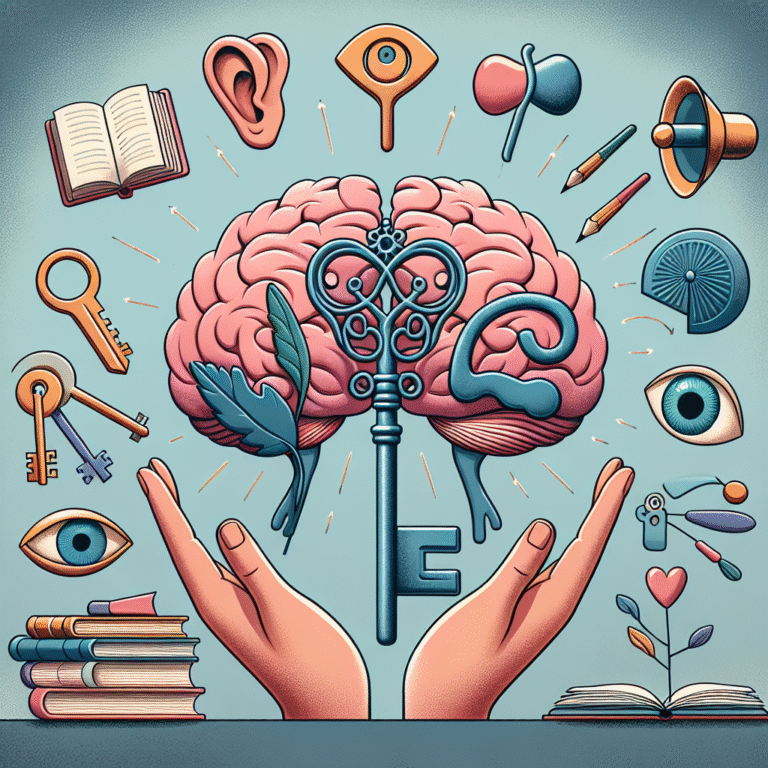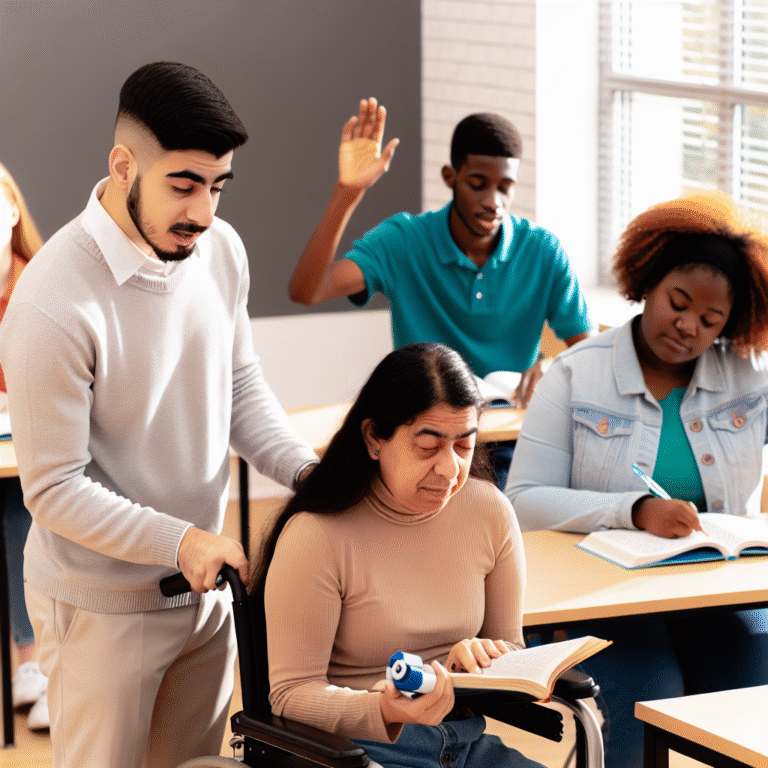
Introduction
In our rapidly changing society, the conversation surrounding youth offenders often leans heavily on the dichotomy between education and incarceration. It’s a pressing issue that impacts not only the young individuals involved but also the fabric of our communities. How can school programs serve as a more effective tool for rehabilitation than the juvenile justice system? Let’s explore Education vs. Incarceration: The Impact of School Programs on Youth Offenders and delve into the transformative power of education in curbing delinquency.
The Consequences of Incarceration
Statistics that Speak Volumes
The statistics surrounding youth incarceration are staggering. According to the U.S. Department of Justice, about 60% of juvenile offenders will be re-arrested within three years of their release. This revolving door effect not only disrupts young lives but contributes to a cycle of poverty and lack of opportunities.
| Statistic | Value |
|---|---|
| Youth incarceration rate | 41 per 100,000 youth |
| Recidivism rate | 60% within three years |
| Cost of juvenile incarceration | $149,000 per youth annually |
Social and Emotional Impact
Incarceration disproportionately affects marginalized communities, often reinforcing existing inequalities. The psychological toll on young offenders can be profound, leading to issues like depression, anxiety, and a feeling of hopelessness.
The Case for Education
Academic Achievement as a Buffer
Research shows that educational attainment can significantly reduce the likelihood of delinquency. A study published by the University of Chicago found that students who engage in extracurricular programs are less likely to engage in criminal behavior. This emphasizes the role education plays not only in academic success but also in personal development.
Case Study: The Chicago Public Schools Program
One exemplary model is the Chicago Public Schools program, which incorporates mentorship and skill-building into its curriculum for at-risk youth. Data indicated that participants were 30% less likely to face incarceration compared to their peers.
Analysis
This case illustrates that the integration of academic support and mentorship can create pathways out of crime. The focus is not solely on education but also on fostering strong, constructive relationships and life skills.
Programs That Make a Difference
Alternative Schools
Alternative schools provide tailored educational programs for students who have experienced difficulties in traditional settings. These programs often address behavioral issues and provide wraparound services, including counseling and family support.
| Key Benefits of Alternative Schools |
|---|
| Smaller class sizes |
| Individualized attention |
| Focus on life skills |
Restorative Justice Programs
Restorative justice in schools is another innovative approach. Rather than punishment, these programs encourage accountability and reconciliation. They often include conflict resolution, dialogue sessions, and community service.
Case Study: The Restorative Justice Program in San Francisco Schools
In San Francisco, schools implementing restorative justice practices reported a 40% decrease in suspensions and expulsions. Students involved in these programs also showed improved academic performance.
Analysis
This case demonstrates that creating a supportive educational environment can mitigate conflict and encourage positive behaviors, further supporting the argument of Education vs. Incarceration: The Impact of School Programs on Youth Offenders.
Holistic Approaches
Engaging the Family
Schools that engage families in the educational process tend to see better outcomes for youth offenders. Programs that involve parents can foster a support system at home, significantly impacting a child’s likelihood of re-offending.
Life Skills Workshops
Incorporating life skills into school programs, such as financial literacy, communication, and conflict resolution, can equip youth with the tools needed for success in life beyond academia.
| Life Skills Offered | Potential Impact |
|---|---|
| Conflict resolution | Reduces aggression and violence |
| Financial literacy | Encourages responsible decision-making |
| Communication skills | Improves relationships and interactions |
The Importance of Mentorship
A Guiding Hand
Mentorship plays a vital role in preventing youth from engaging in criminal activities. Programs that pair young offenders with mentors provide guidance, support, and a framework for success.
Case Study: Big Brothers Big Sisters
The Big Brothers Big Sisters program has demonstrated that at-risk youth with mentors are 46% more likely to hold leadership positions and 27% more likely to avoid illegal activities.
Analysis
The success of mentorship underlines the importance of positive role models in a young person’s life. In the context of Education vs. Incarceration: The Impact of School Programs on Youth Offenders, mentorship is a critical factor in sustainable success.
Community Involvement
The Role of Local Organizations
Community programs that tie education into the broader framework of social engagement can lead to transformative impacts. By creating partnerships with local businesses and organizations, schools can offer internships, skills training, and career counseling.
Case Study: The YouthBuild Program
YouthBuild is a nationwide program that engages young people in community service projects while helping them gain vocational skills. Evidence shows that participants are more likely to earn their high school diplomas and find stable employment.
Analysis
This case exemplifies how community involvement can amplify educational efforts, thereby minimizing the probabilities of engaging in criminal behavior, and aligns seamlessly with the theme of Education vs. Incarceration: The Impact of School Programs on Youth Offenders.
Funding and Resource Allocation
The Importance of Investment
Investing in educational programs for youth offenders often proves economically beneficial in the long run. A 2014 study from the Washington State Institute for Public Policy showed that for every dollar spent on educational programs, society saves approximately $14 in social costs.
Call for Governmental Support
It’s essential for government bodies to prioritize funding for educational initiatives that target at-risk youth. Policies must focus on reallocating resources from the criminal justice system to educational programs.
Conclusion
The debate of Education vs. Incarceration: The Impact of School Programs on Youth Offenders is not just an academic discussion but one that touches the lives of countless young individuals. Education has the capacity to transform lives, reduce recidivism, and pave the way for brighter futures.
Let us take actionable steps towards investing in educational programs that keep youth engaged, educated, and away from the grasp of the criminal justice system. By fostering environments that emphasize learning and growth, we not only enrich individual lives but strengthen the very fabric of our communities.
FAQs
How does education prevent youth from re-offending?
Education provides young people with the skills and knowledge they need for successful employment, reducing their likelihood of engaging in criminal behavior.Are there successful educational programs for youth offenders?
Yes, programs like Restorative Justice and alternative schools have shown significant positive outcomes, including reduced recidivism rates.What role do parents play in preventing youth incarceration?
Parental involvement is crucial in supporting education and encouraging positive behaviors, which can lead to better outcomes for children.Is mentorship effective in keeping youth out of trouble?
Research shows that youth with mentors are more likely to make positive life choices and less likely to engage in criminal activities.- What can communities do to support at-risk youth?
Communities can establish partnerships with schools to provide mentorship, vocational training, and resources aimed at engaging youth and preventing delinquency.
This in-depth exploration of Education vs. Incarceration: The Impact of School Programs on Youth Offenders not only highlights the importance of education but also underscores the potential for transformation through innovative programs tailored to meet the needs of at-risk youth.















